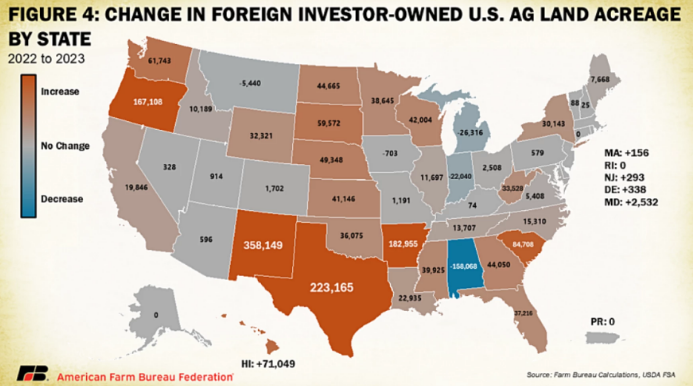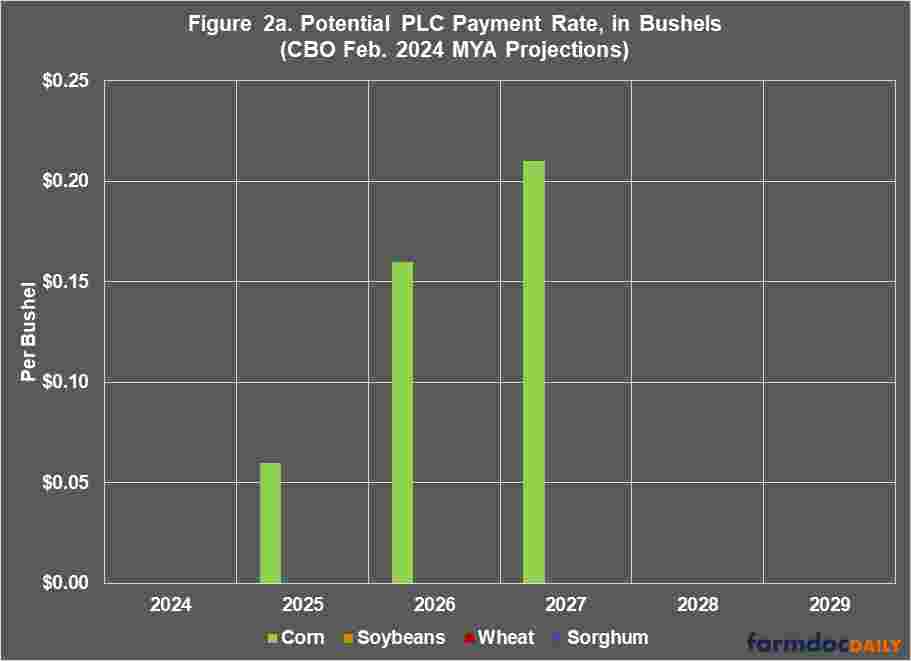
Inflation and Interest Rates:
The Federal Reserve has the most control over the Federal Funds interest rate. A key relationship is its difference from the inflation rate. The Federal Funds rate has averaged 1.5 percentage points higher than GDP deflator inflation since 1962 (4.9% vs. 3.4%) (see Figure 2). During the first quarter of 2024, the difference was 2.2 percentage points (5.3% vs. 3.1%), or 0.7 percentage points above the historical average difference.
Differences between market interest rates and inflation are also of interest. Two widely watched market interest rates are the 10-year US Treasury Bond and Moody’s Aaa Corporate index rate. Since 1962, the first year for which FRED reports 10-year US Treasury bond rates; these two market interest rates have respectively averaged 2.5 and 3.5 percentage points higher than GDP deflator inflation (5.8% and 6.9% vs. 3.4%) (see Figure 2). During the first quarter of 2024, the differences were notably smaller at 1.1 and 1.9 percentage points, respectively.

Market’s Expected Inflation:
FRED publishes a market estimate of expected average inflation over the next 10 years. It is derived from the 10-year Treasury constant maturity bond and 10-year Treasury inflation-indexed constant maturity bond. It is first available for 2003. Over 2003-2023, this measure of expected 10-year inflation averaged 2.1% (see Figure 3). During the first quarter of 2024, it was slightly higher at 2.3%. The implication is that the market most likely views post 2020 inflation as temporary.

Source : illinois.edu